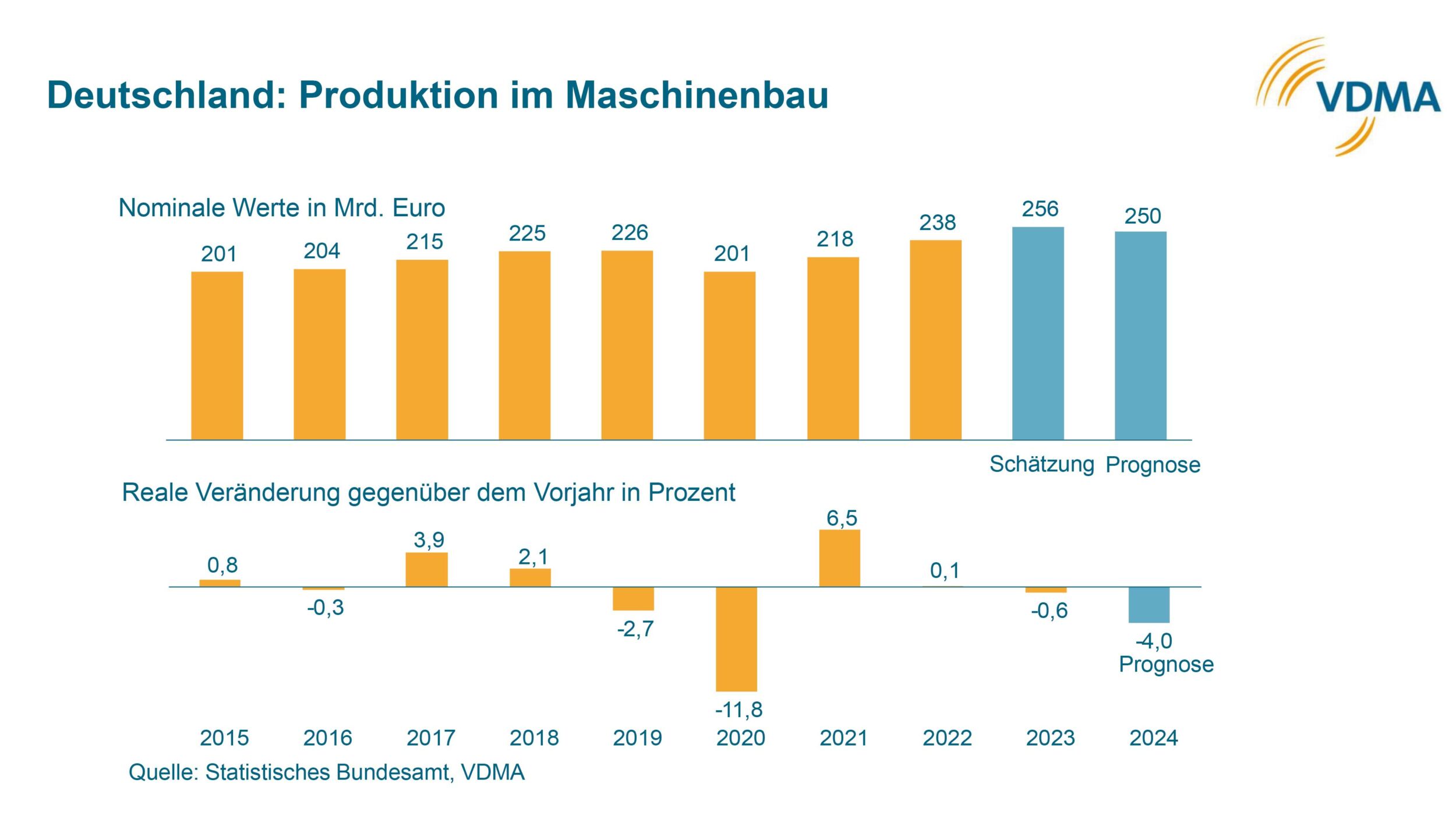
Nanostructured materials such as quantum dots are key to this development and there is a fundamental need to consolidate the use of compatible materials that would enable scalable manufacturing processes and provide unique benefits to enhance performance of these sensors, reduce complexity and ultimately provide a sensor solution that extends from visible to SWIRup to thermal range for simultaneous imaging under one focal plane array (FPA). Emberion has been working on a unique sensor solution that has been developed through its research and development activities in collaboration with the UK’s Defence Science and Technology Laboratory (DSTL). Moreover, development of broadband sensors incorporating graphene based materials continues in spearhead programme of EU Graphene Flagship in collaboration with its partners.
Three Band Quantum Dot-Based Detector
Creating a three band detector using quantum dots and nanostructured material paved a way towards finding a key solution that the industry would benefit from. The tri-band sensors capabilities being developed includes visible and SWIR spectral range and the addition of either MWIR (3-5) µm or LWIR (7-14) µm selected for specific targeted applications. Such a solution requires careful design of the nanomaterial stack, CMOS ROIC, electronics, image pipeline and a lens that would cover such a broad spectral range. Emberion’s entire camera solution uses a lens solution that is ultra-broadband and was developed by a partner in the UK. A new CMOS ROIC was designed with a unique nanomaterial stack and pixel-geometries of each band (VIS-SWIR-Thermal), which are termed as super-pixels, enabling the development of simultaneous imaging of three bands under one focal plane array (FPA). The ultrabroadband detector comprises of super-pixels where each pixel can be functionalised to detect either visible, SWIR or thermal bands. The company has developed know-how related to library of materials that enable creation of such photodetectors for the full spectral range from visible to long-wavelength infrared (LWIR) radiation.
Figure 1 shows that the sensors are designed with quantum dot materials for Visible & SWIR detection (dual band) and one possible implementation for thermal bands either using pyroelectric thermal detectors or nanoparticles(e.g. quantum dots) for tri-band detection in addition to the visible and SWIR pixels. These nanomaterial based implementation enable monolithic integration on the top surface of CMOS wafers which is highly scalable and no hybridisation bonding techniques are necessary compared to incumbent solution using InGaAs. Furthermore, quantum dots of different sizes offer tunability of the spectral bands for specific wavelength peak detection required for targeted application enabling key advantages in multispectral sensing. Emberion is exploring graphene field effect transistor (FET) based implementation in order to sense and amplify the charges generated by the incoming photons impinging on the pixels offering possibility of low noise devices.
VIS-SWIR Broad Spectral Range Camera
Emberion’s first cameras product is available for deployment, which is the VS20 visible-SWIR broad spectral range camera with unique nanomaterial (quantum dot) stack based sensor solution that has been in-house designed with its own CMOS ROICs and monolithically integrated with the engineered photosensitive layers that produces a wide spectral range from 400 to 2000nm. The sensor was further developed with associated electronics and an entire image pipeline algorithm and user interface to create a camera for the machine vision industry. Image 2 is taken by the VIS-SWIR camera and demonstrates that it can see through smoke generated by fire compared to the visible image which blocks the scene with its heavy smoke.
Outlook
An additional variant will be released during Vision 2022. The new VS20 camera has a High Dynamic Range (up to 120dB) with up to 400fps. The GigE compatibility (Full VGA) camera has a monolithic integration for ease of manufacturing and scale up of manufacturing processes. Particular for applications include water peak detection at 1920nm which has the maximum contrast levels, and PVC detection beyond 1700nm in waste recycling; the camera is perfect due to the extended range of the sensors. The sensors have high pixel operability (>99.98%). The images enable detection of both bright and dark objects and allows for multispectral imaging and enabling hyperspectral solutions. The QDs can be customised to tune the wavelength peak targeting specific application domain. Emberion has a dense roadmap where it will focus on offering megapixel VIS-SWIR cameras. The QD technology has created a wide spectral range of cameras with the possibility to enhance it towards MWIR (3-5µm) and combining all the bands will be the ultimate solution for sensor fusion enabling new vision applications.












